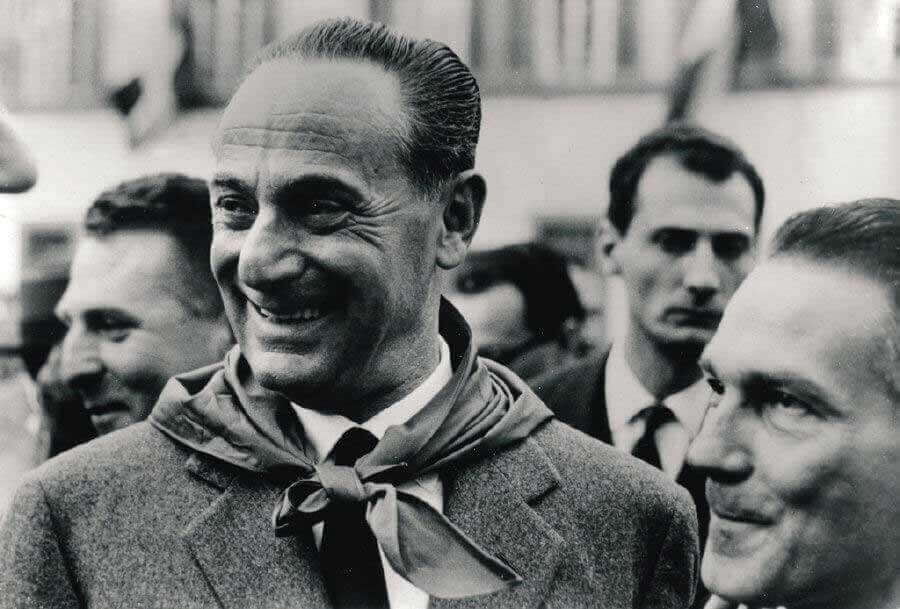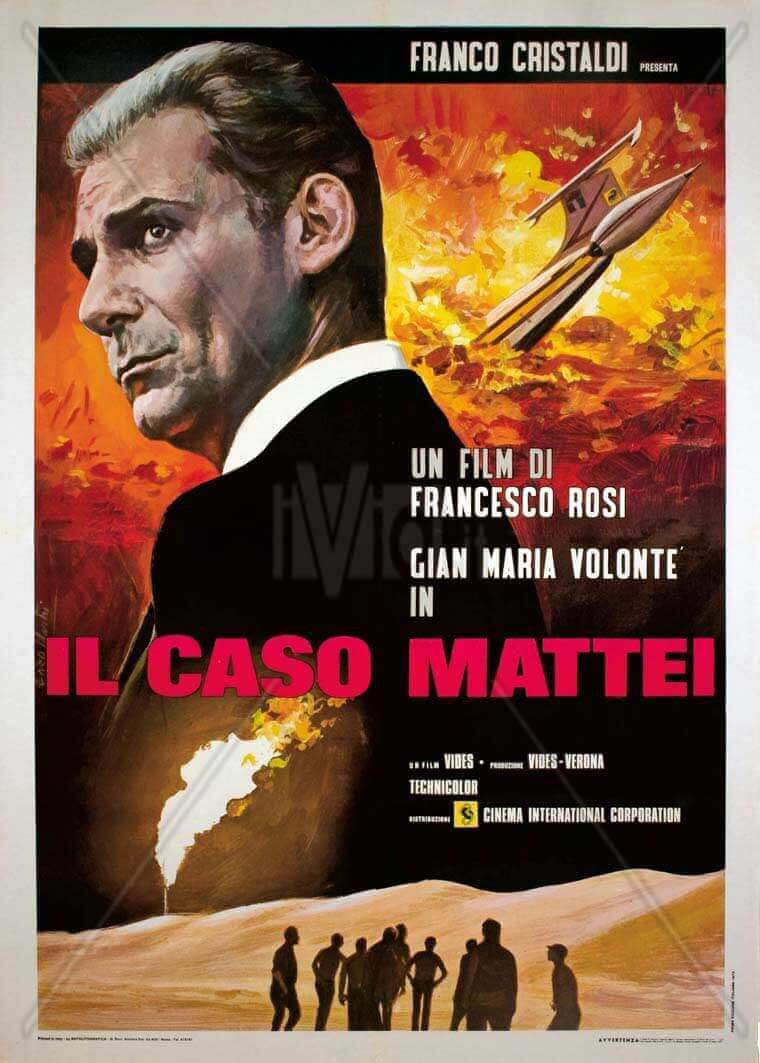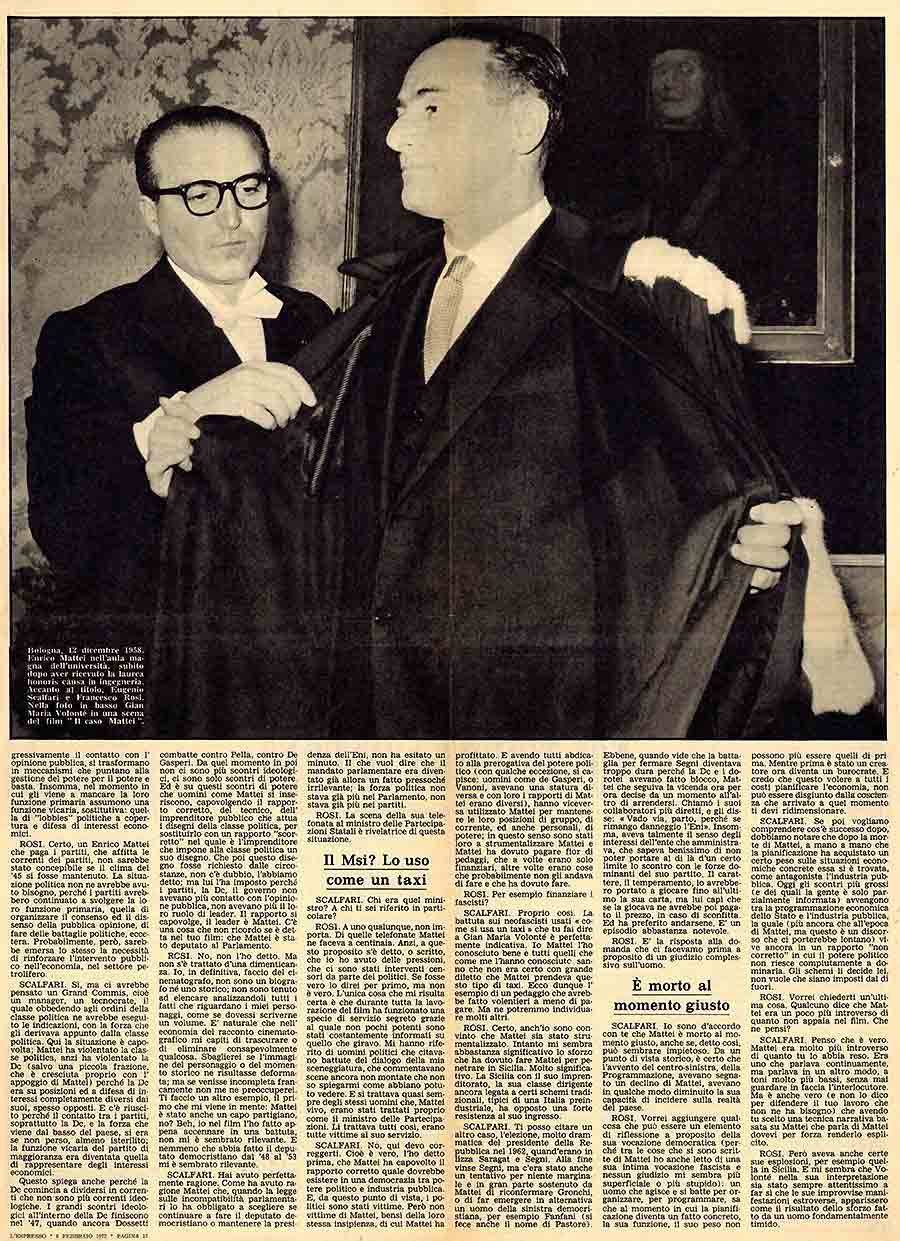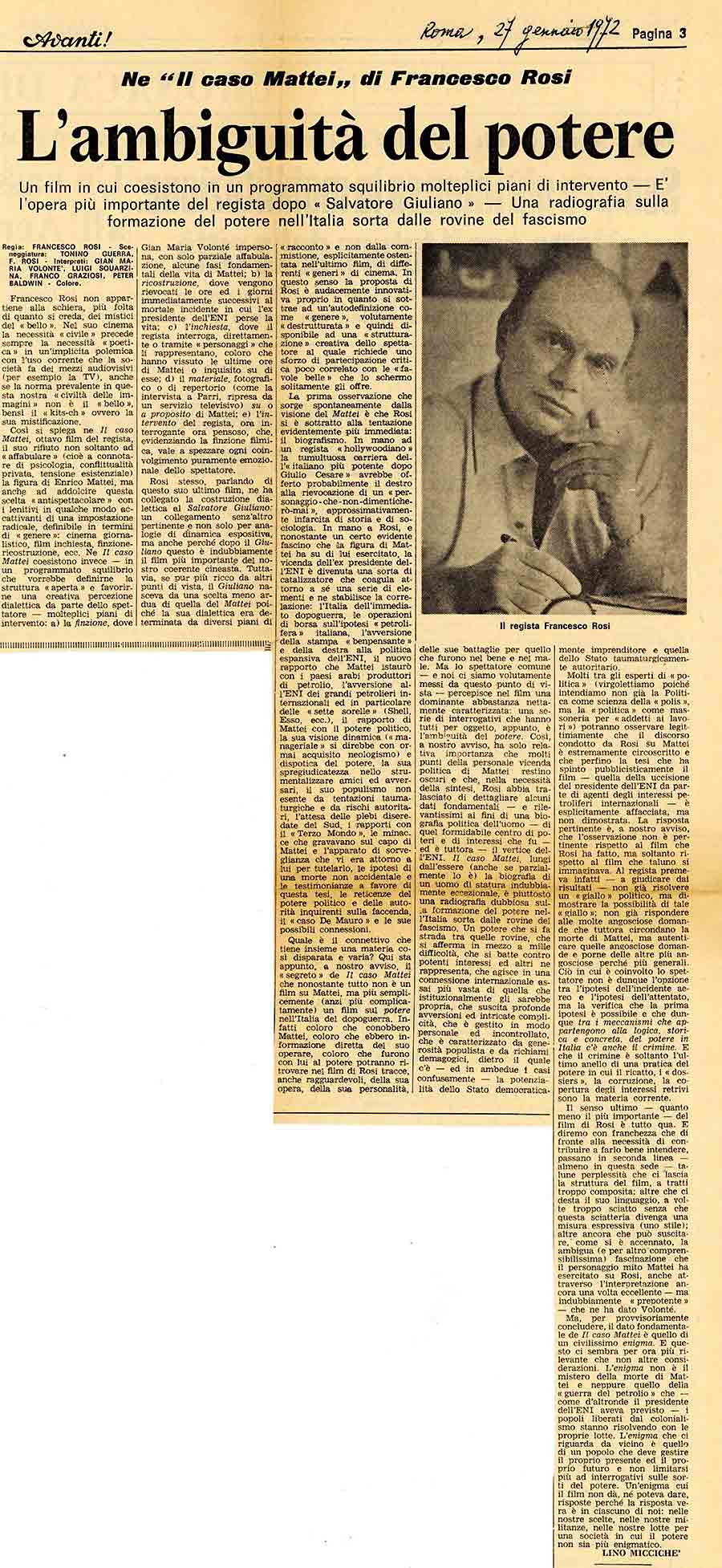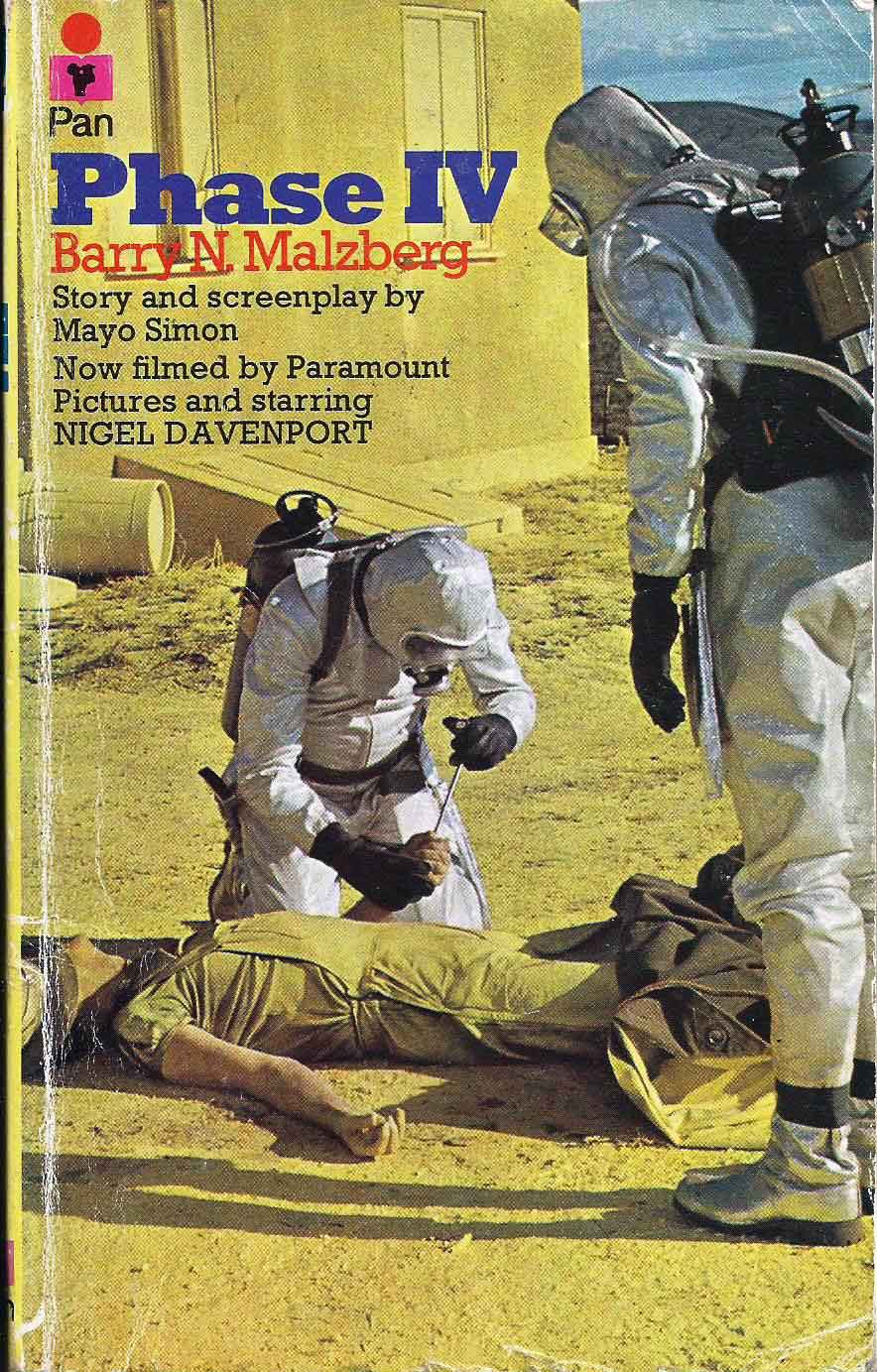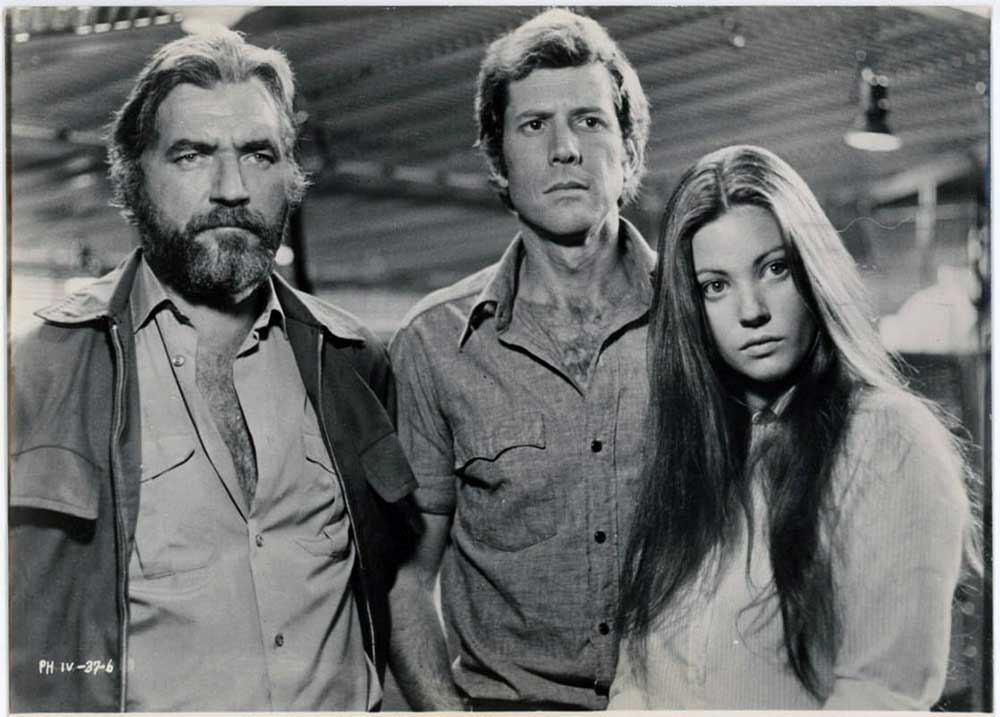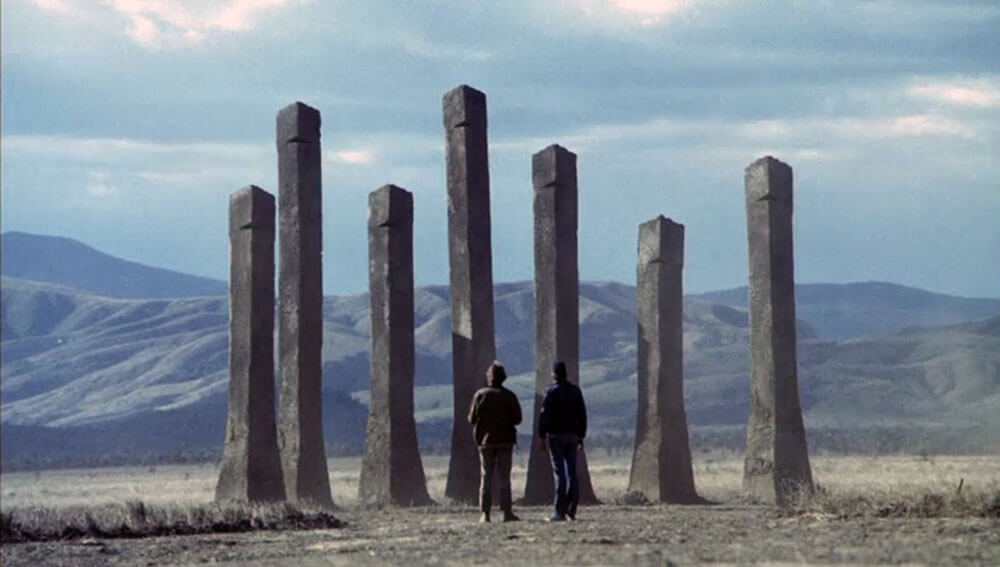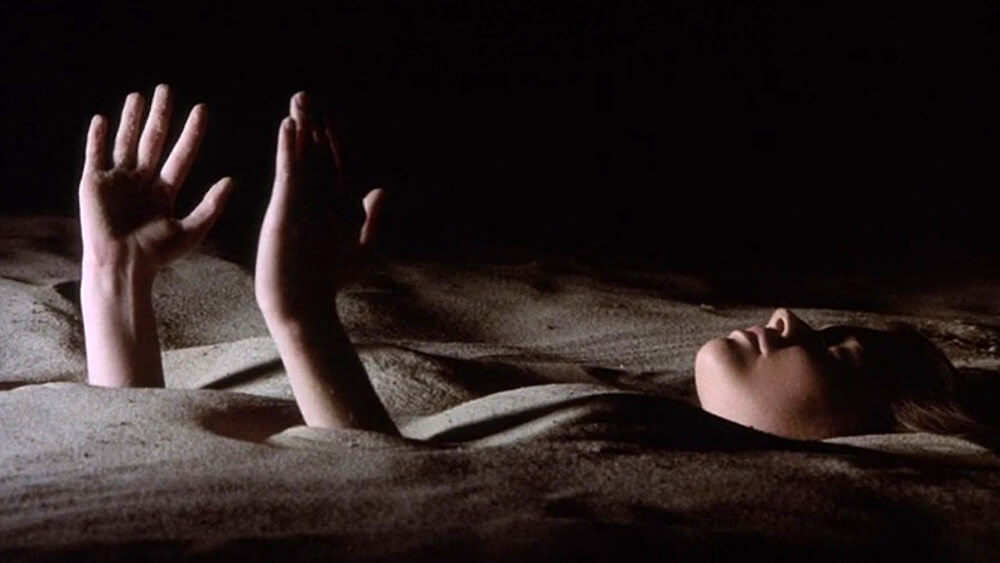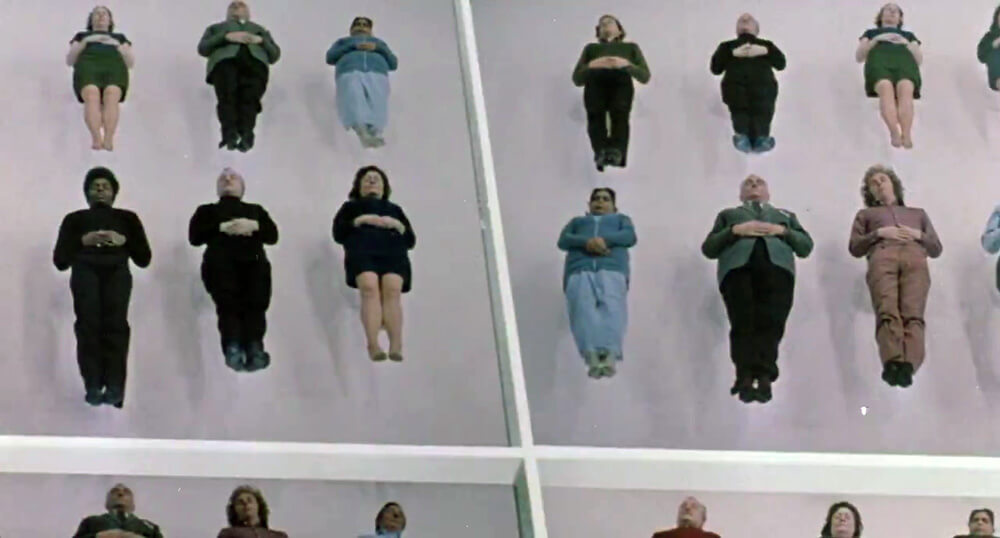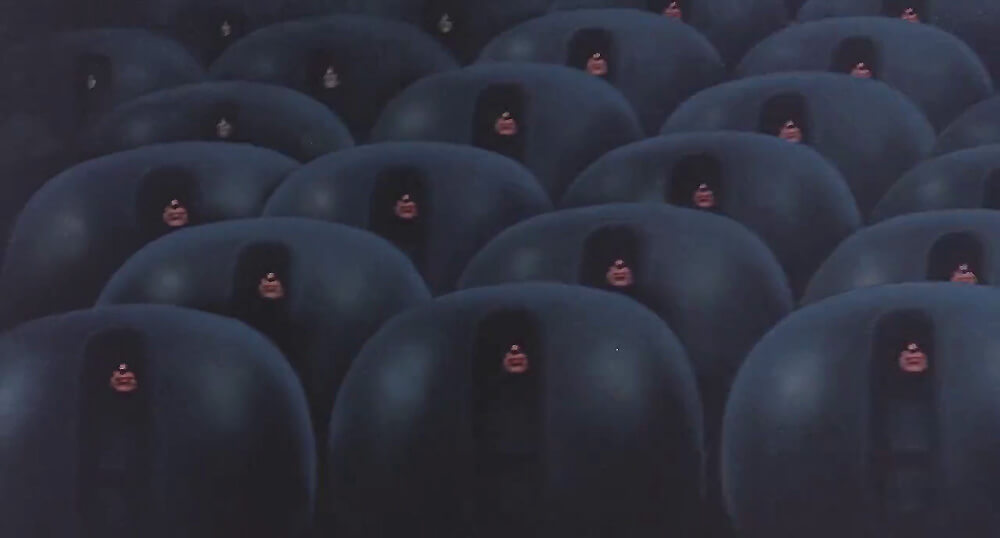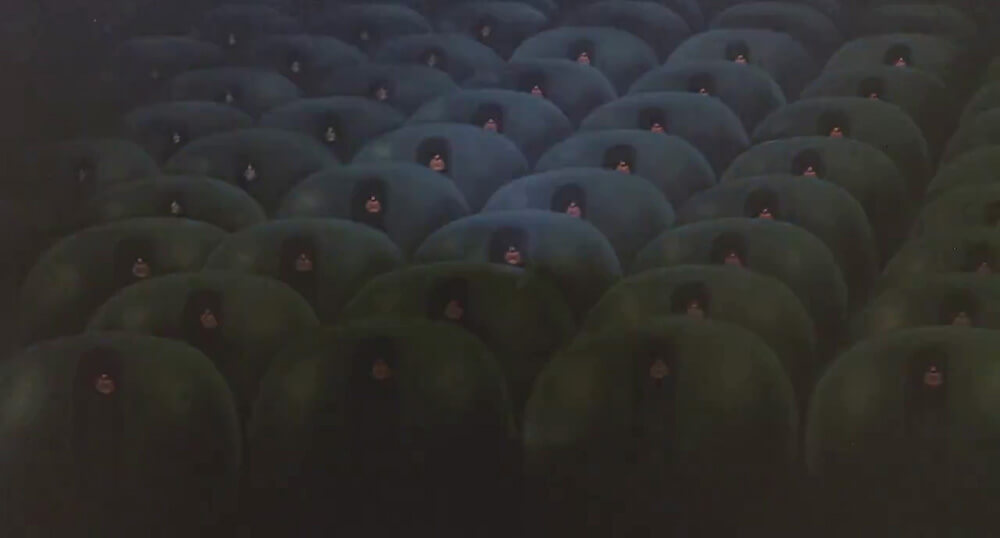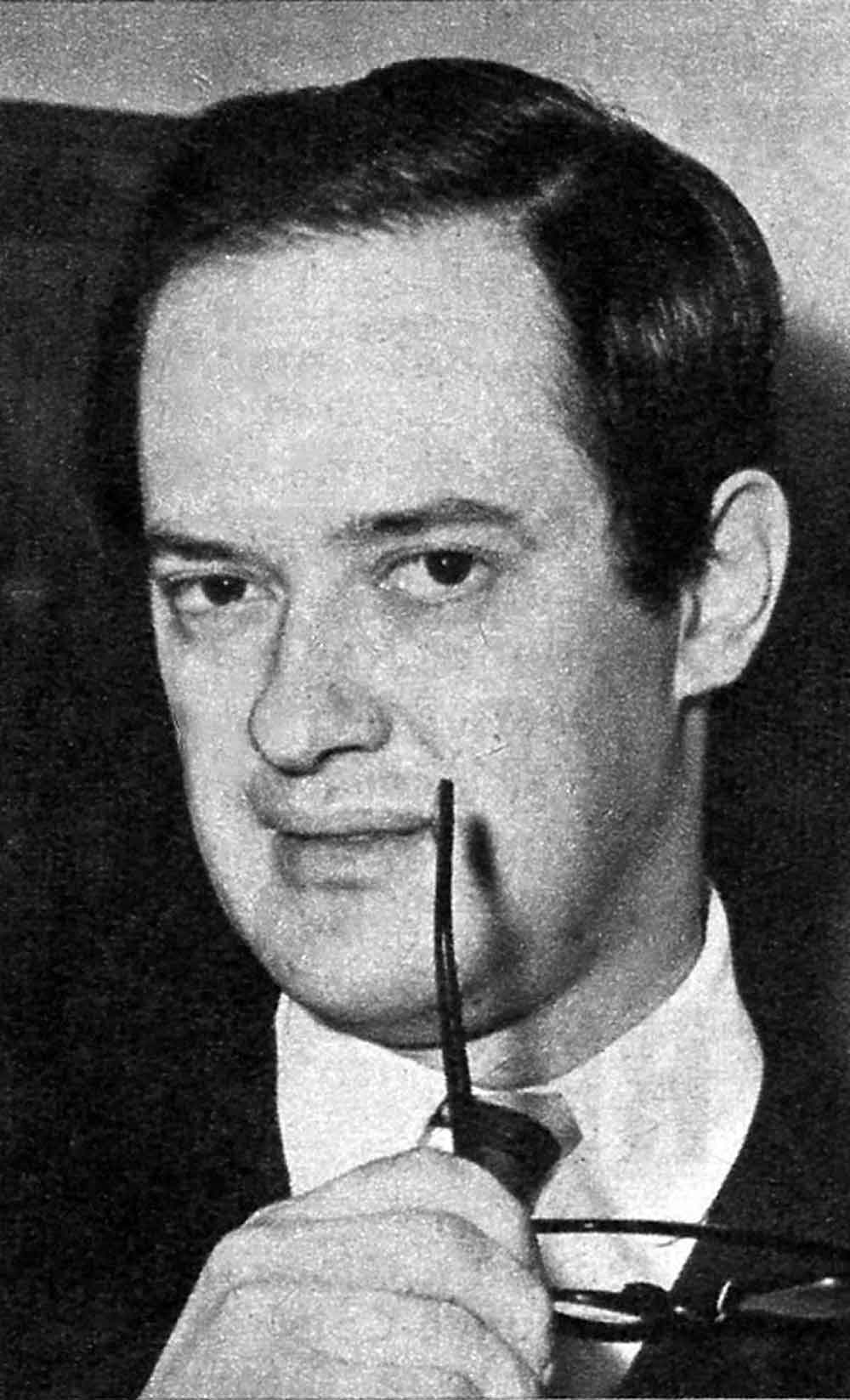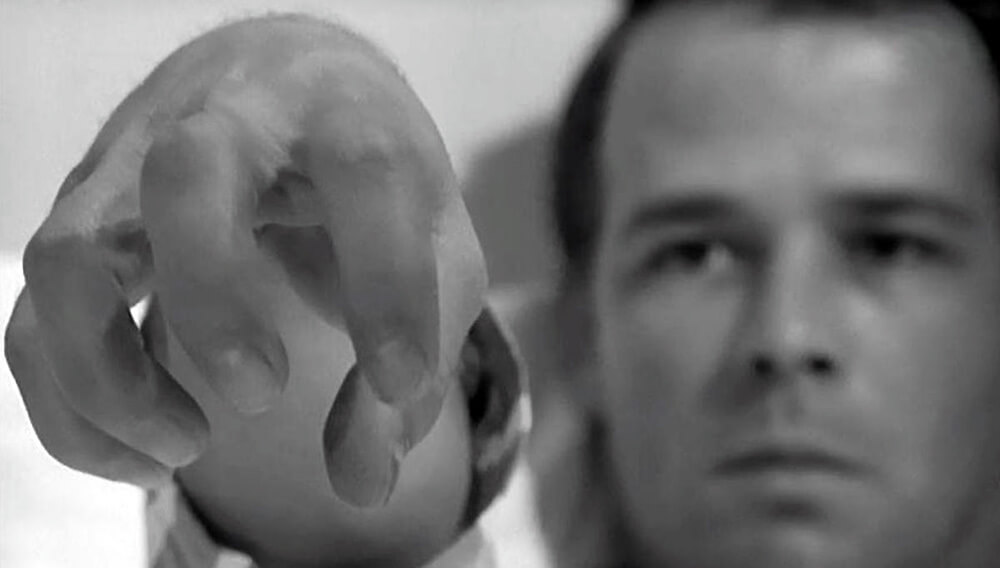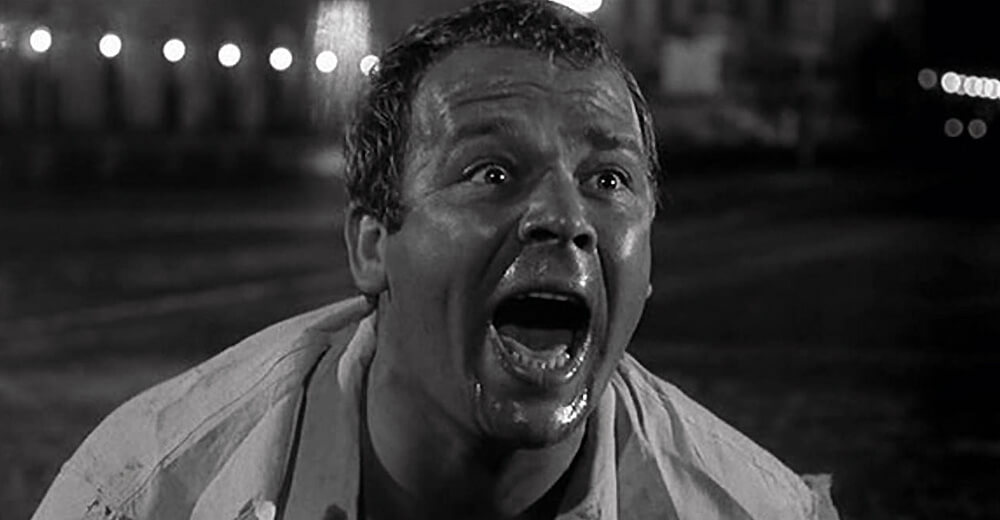
”Keith Mansfield, renowned for his Funky Fanfare made famous by Quentin Tarantino with the films Kill Bill and Grindhouse, is an Anglo-Saxon composer author of a surprising amount of musical themes from really excellent music libraries, capable of evoking positivity and well-being in the listener. In the so-called Muzak sector he is easily considered a genius, rising to a higher level than other composers in that vein and, with an impressive curriculum of over 60 albums released in about 30 years of career, also one of the most prolific ever.
Lorenzo
Mansfield, born in London in 1941, in the 60s and 70s was a fundamental figure in the music scene of Anglo-Saxon music libraries and recorded a large number of songs for the specialist label KPM (initials of Keith-Prowse-Maurice, then division of EMI).
In the so-called Muzak sector he is easily considered a genius, rising to a higher level than other composers in that vein and, with an impressive curriculum of over 60 albums released in about 30 years of career, also one of the most prolific ever.
His writing skills range easily from the funk and soul of “Morning Broadway“, “Bogaloo“, “Exclusive Blend“, “Big Shot“, “Soul Thing” (which will then be transformed into the famous Funky Fanfare) to the disco music of “Night Bird”, to the cheerful and energetic television themes such as “Grandstand” for the BBC. “Teenage Carnival” (which was used as the theme of the 1960s children’s television series Freewheelers), “The Young Scene” (1968 theme song for The Big Match football program), “Light and Tuneful” and “World Champion” ( used by BBC and NBC as the opening and closing of the Wimbledon tennis championships), “World Series” (used for BBC athletics broadcasts), classy easy jazz atmospheric lenses such as “Je Reviens“, “Life of Leisure”, “Love De Luxe”, to world music/jazz contaminations like the beautiful “Husky Birdsong”, to synthpop acts like the sci-fi “Superstar Fanfare” and “High Profile”.
Keith Mansfield is probably best known to the American public for the aforementioned “Funky Fanfare” which was used to soundtrack the infamous of psychedelic theatre snipes Astro Daters (“Our Feature Presentation” and “Our Next Attraction” which introduced the films – “Prevues of Coming Attractions” which introduced the movie trailers -“ Intermission” which introduced the interval between the various times of the film), produced by the National Screen Service in the late 1960s.
The Astro Daters were then used by director Tarantino in the films Kill Bill and Grindhouse, making them famous and iconic worldwide along with Funky Fanfare.
But the stainless Funky Fanfare is currently still used as a theme song in various television shows and podcasts.
He also composed scores for the films Loot (1970) and Taste of Excitement (1970) and the western Three Bullets for a Long Gun (1971) but his library songs can also be found in The Great Skycopter Rescue (1980), Fist of Fear, Touch of Death (1980) Kung Fu Killers (1981), TV shows and series and who knows where else.
The Astro Daters scored with Funky Fanfare
Mansfield also wrote the aforementioned “Superstar Fanfare“, which was used among others (in different variations) by Channel Television in the Channel Islands, the news program of RTL plus 7 vor 7, Worldvision Enterprises and Services Sound and Vision Corporation (SSVC) as an identifying jingle for British Forces TV in West Germany, Berlin, Cyprus, the Falkland Islands and Gibraltar in the 1980s and 1990s.
Over time his songs have been covered (among others Soul Thing, of which a vocal version was made by James Royal, “House of Jack“, and a reworked in the slow psychedelic “Queen St. Gang” by the Canterburians Uriel/Arzachel by Steve Hillage and Dave Stewart), reworked and remixed (Skeewiff, Simon Begg) but also sampled and reused by hip-hop producers (Danger Mouse, Madlib, Fatboy Slim, Kal Banx).
Molte sue composizioni vengono utilizzate anche dalla NFL per i suoi film monografici delle squadre e i documentari sul Super Bowl e altre vengono usate come sigle di trasmissioni di vario genere.
Mansfield was also a producer (Maynard Ferguson) and arranger and conductor for Dusty Sprigfield (several tracks from the album “Dusty … Definitely“) as well as orchestral arranger on some Love Affair hits (“Everlasting Love“), Marmalade (“Reflections of My Life“) and others.
In short, one of the most incredibly talented, prolific and versatile musicians on the music scene, the ones who remain behind the scenes while you always wonder who knows who wrote that little piece of music that makes you feel so good and once you listen it never leaves your mind.
Keith Mansfield in recent times
CLICK AND UNLOCK the playlist of Keith Mansfield songs created by Classic2vintage for you








